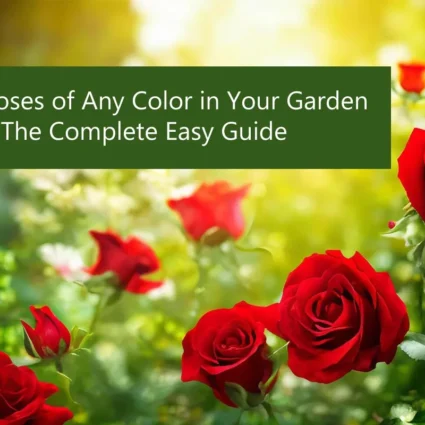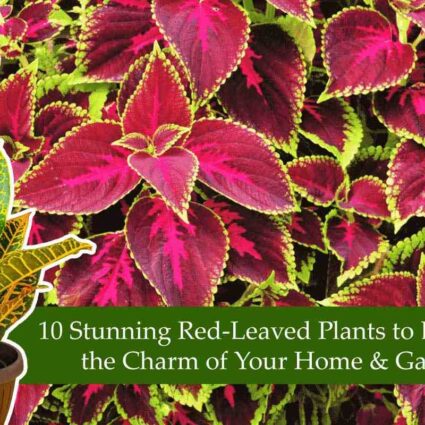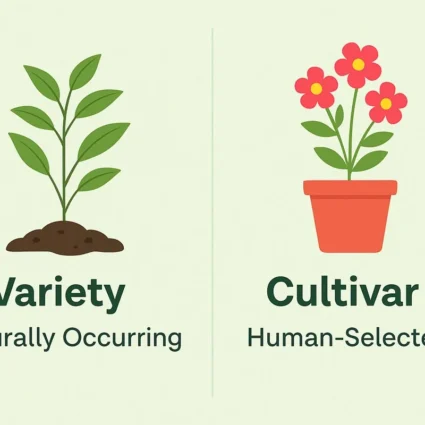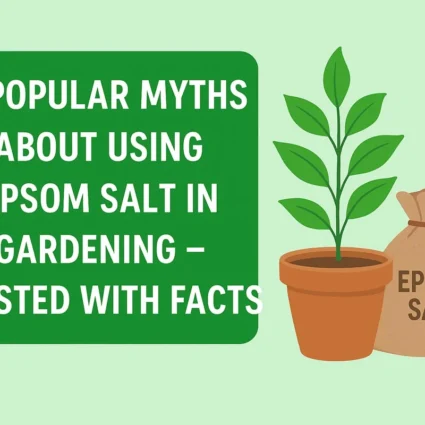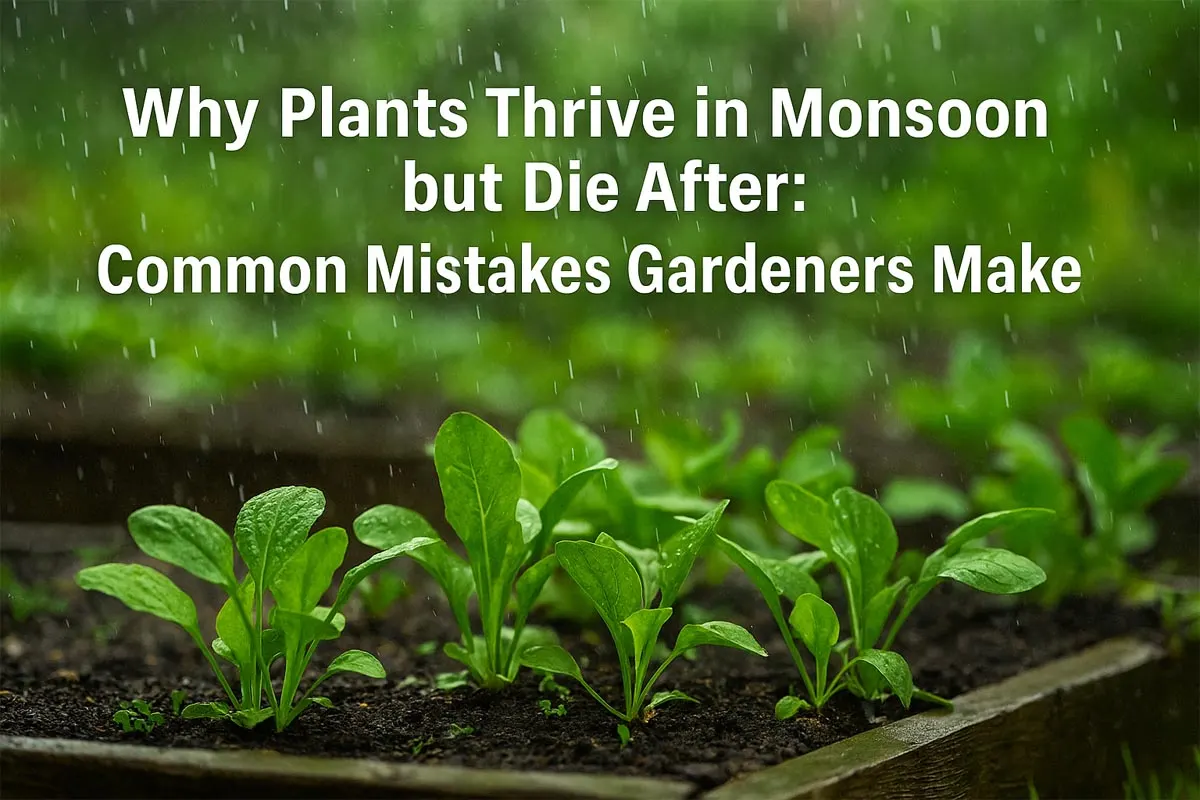
Why Your Plants Die After the Monsoon – The Mistakes Every Gardener Makes
The monsoon season is every gardener’s favorite time—nature flourishes, plants grow faster, and greenery abounds. But what happens when the rains stop and your once-thriving plants start to wilt, yellow, or die?
If you’ve ever wondered why your garden suffers right after the monsoon, you’re not alone. Many home gardeners unknowingly make mistakes that cause stress or even death to their plants after the rainy season ends.
In this blog, we’ll explore the most common post-monsoon gardening mistakes, their solutions, and expert tips to help you keep your garden healthy and blooming all year long.
1. Ignoring Soil Health After Heavy Rains
The Mistake:
Rainwater often leaches nutrients from the soil, making it weak and less fertile. Yet most gardeners don’t amend the soil once the monsoon ends.
The Fix:
After monsoon, enrich the soil with:
- Organic compost
- Vermi compost
- Neem cake (for pests)
- Bone meal or seaweed extract (for nutrients)
Tip: Loosen the topsoil to increase aeration and allow roots to breathe again.
2. Overwatering Without Adjusting for Weather Change
The Mistake:
Gardeners continue their monsoon watering habits even after the rains stop. But plants need less water in cooler or less humid conditions.
The Fix:
- Check soil moisture before watering.
- Water early in the morning.
- Reduce watering frequency to avoid root rot.
Tip: Use finger test—insert a finger 1 inch into the soil. Water only if dry.
3. Ignoring Pest and Fungal Build-Up
The Mistake:
Monsoon moisture invites fungi, aphids, snails, and whiteflies. These pests thrive even after the rains, especially when gardeners fail to act early.
The Fix:
- Spray neem oil or garlic spray once a week.
- Use natural antifungal powders like cinnamon or turmeric.
- Remove infected leaves or plants promptly.
Tip: Check leaf undersides regularly for pests.
Also Read This :Why You Should Start a Monsoon Balcony Herb Garden in 2025 – Easy Guide for Indian Homes
4. Skipping Post-Monsoon Cleanup
The Mistake:
Dead leaves, moss, algae, and mud accumulate during monsoon. If not cleaned up, they invite disease, insects, and block plant drainage.
The Fix:
- Clean pots and saucers
- Scrub algae from walls and pots
- Prune damaged or leggy plants
Tip: Disinfect tools before and after cleanup to prevent disease spread.
5. Not Adapting Plants to Sunlight
The Mistake:
Many plants get used to filtered monsoon light. When exposed suddenly to harsh post-monsoon sun, leaves burn or yellow.
The Fix:
- Shift plants gradually to brighter areas
- Use shade nets or cloth temporarily
- Rotate pots for even sun exposure
Tip: Start with 1 hour of direct sun daily and increase slowly.
6. Forgetting to Repot or Trim Overgrown Plants
The Mistake:
Monsoon boosts plant growth—but this can lead to root-bound pots, poor drainage, and top-heavy branches if not addressed.
The Fix:
- Repot plants that show signs of tight roots
- Prune old or damaged stems
- Divide crowded clumps (especially in herbs or ground covers)
Tip: Use clean, sharp scissors or shears to avoid bacterial infections.
Also Read This :7 Easy Steps to Build Your Own Bottle Garden at Home – A Complete DIY Guide
7. Lack of Air Circulation
The Mistake:
After monsoon, humid air lingers in densely planted spaces, creating a breeding ground for mold and mildew.
The Fix:
- Space out your pots for airflow
- Avoid overcrowding
- Use a small fan in indoor garden corners, if needed
Tip: Keep balcony doors/windows open during the day for ventilation.
8. Not Removing Seasonal or Spent Plants
The Mistake:
Many flowering plants or vegetables complete their cycle during monsoon. Leaving them in place wastes space and nutrients.
The Fix:
- Remove dead annuals
- Replace with winter veggies or flowers
- Compost removed plants to recycle nutrients
Tip: Use this time to rotate crops or try a new plant type.
What to Plant After Monsoon (August–October)
Here are ideal post-monsoon plant picks:
| Type | Suggested Plants |
|---|---|
| Vegetables | Spinach, methi, carrot, beetroot |
| Flowers | Marigold, calendula, petunia, pansy |
| Herbs | Ajwain, thyme, sage |
| Indoor Plants | Areca palm, ZZ plant, Syngonium |
Plant these now to ensure a colorful and productive garden in winter.
Expert Tips to Keep Plants Healthy After Monsoon
- Clean leaves with soft cloth
- Check pot drainage holes regularly
- Mulch your plants with dry leaves or cocopeat
- Use Epsom salt monthly to add magnesium
- Introduce biofertilizers for root health
Also Read This :Enchanting Night-Blooming Flowers: Best Picks for Your Garden That Glow After Sunset
Conclusion: Green Beyond the Rain
Your garden shouldn’t die when the monsoon ends—it should evolve. With just a few corrections in your care routine, you can ensure your plants transition smoothly from rainy to dry conditions.
Avoiding these common mistakes can save your plants, your effort, and help you maintain a lush garden all year round. After all, nature is resilient—and with the right knowledge, your garden can be too.
FAQs – Post-Monsoon Plant Care
Q1. Why do leaves turn yellow after monsoon?
It could be due to overwatering, poor drainage, or sudden sunlight exposure.
Q2. How do I restore soil health after heavy rains?
Add organic compost, dry cow dung, or leaf mold. Use well-aerated potting mix for containers.
Q3. Can I prune plants immediately after monsoon?
Yes, pruning helps remove disease-prone growth and reshapes the plant. Do it on a dry day.
Q4. Which plants need repotting after the rainy season?
Fast growers like mint, tulsi, coleus, and money plant often need repotting after monsoon.
Q5. Should I fertilize my plants right after the rains stop?
Wait 1–2 weeks post-monsoon, then add organic fertilizers to avoid shocking water-logged roots.

